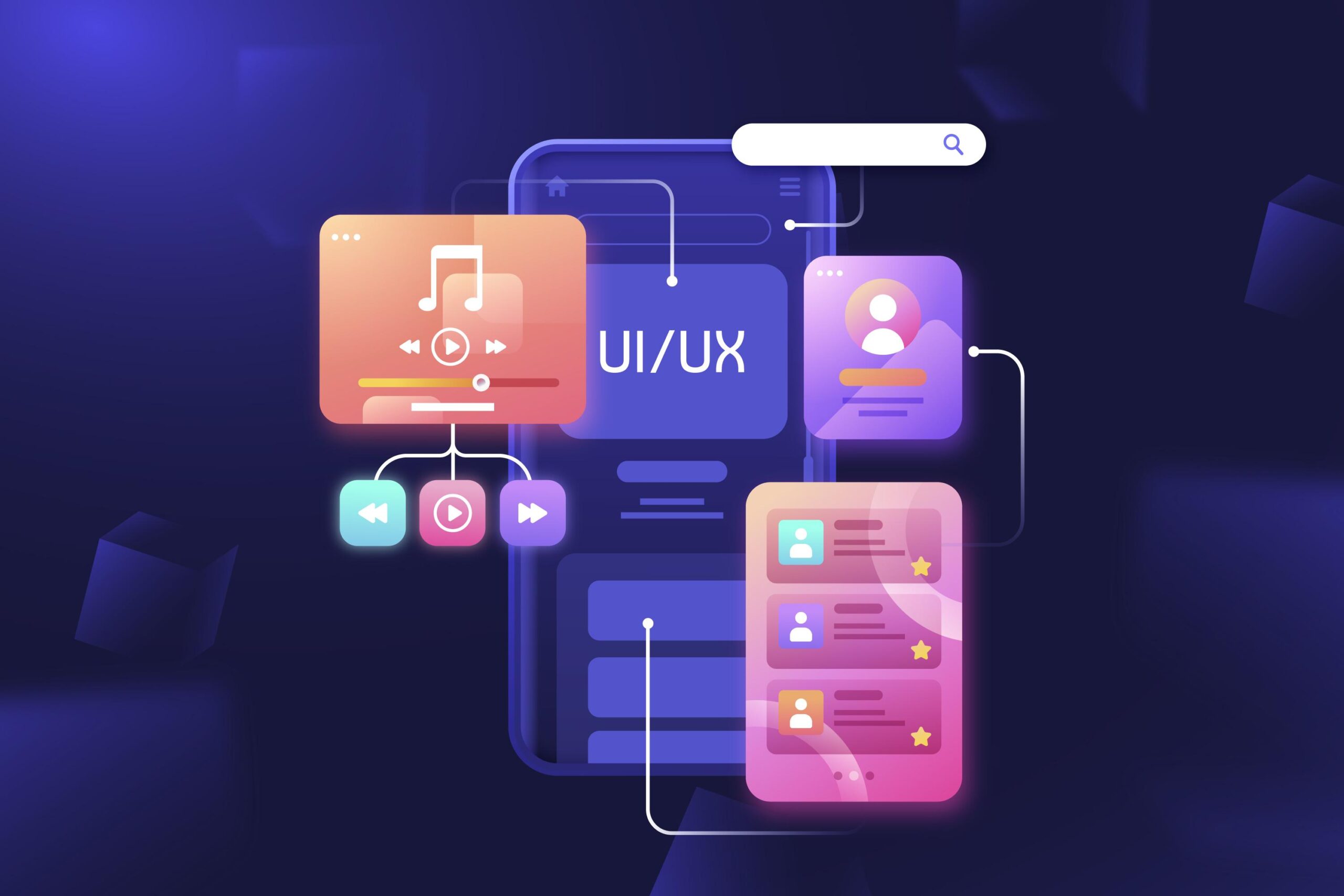In the ever-evolving landscape of technology, User interface (UI), and user experience (UX) are important elements in the overall success of a digital product. UI/UX testing involves checking application functionalities and quality as companies strive for smooth and engaging user interactions. The introduction of AI into UI/UX testing practices in recent years has led to radical changes in testing approaches. Ultimately, it has resulted in a better user experience.
The Traditional Landscape
In the past, carrying out UI/UX testing was a very expensive and long process. Manual testing even though effective ends up with human mistakes, and it is not easy to keep up with the fast development cycles. With more complicated applications, however, it becomes necessary to have an improved as well as a more precise testing technique.
Emerging AI in UI/UX Testing
UI/UX testing is also undergoing transformation, with AI providing solutions that simplify processes, increase precision, and speed up test cycles. Here’s how AI is transforming UI/UX testing practices:
Test Automation with AI
The introduction of AI test automation has transformed the realm of testing through automation of tedious and time-wasting procedures. This does not only save time for tests but also improves the quality of test cases. The use of AI-based algorithms enables the testing teams to examine historical test data in order to spot trends and predict possible pitfalls which will inform their subsequent decision-making.
Smart Test Case Generation
Manually, generating the test cases that are comprehensive enough to consider different user scenarios could pose a challenge. AI helps in automating the creation of test cases that simulate actual user interactions, usage patterns, and data. Using data and analytics, the AI algorithms help to forecast possible user paths and produce test cases that address all possible scenarios of usage. This assures comprehensive testing to be done during different instances making the general quality of the product better.
Visual Testing and Recognition
Any differences between visual components of UI/UX are important as they can affect the user’s opinion about the system adversely. Visual testing tools powered with Artificial Intelligence automatically detect the visual defects to make sure that the app’s visual attributes are exactly what designers had initially planned for. Image recognition algorithms will help locate layout problems, colour irregularities, and other visual differences that should be considered while assessing how it looks in the application.
Predictive Analytics for Performance Testing
Unlike conventional functional testing, artificial intelligence is not just confined to itself because it also has the ability to engage in performance testing. Predictive analysis helps AI algorithms replicate and predict how the application will behave under different circumstances by testing teams that detect and remove performance stumbling blocks before the end users. The proactive nature of this approach facilitates seamless end-user experience even during intense loading conditions.
Personalization Testing
The application is tested using AI as users enter this era of personalised user experience. AI algorithms can be used to model the behaviour of different user personas that will help to see if the application adapts to personal needs. It is hard to implement such a personalised test manually, and this guarantees to the user population with different sets of requirements.
Continuous Monitoring and Feedback Loops
The development and testing teams receive feedback through continuous monitoring of their applications using real time basis. It is possible for AI to analyse user interactions or monitor system performance and detect problems at their earliest stage. The process involves a constant flow of information which allows teams to address issues as they arise hence minimising wasteful use of time and money which may happen after the launching or releasing of the product.
USABILITY TESTING using NATURAL LANGUAGE PROCESSING.
UI/UX testing also includes usability testing, whereby the application should be user friendly and easy to work with. AI technology, in particular NLP, is able to analyse users’ feedback and reviews in order to understand user sentiments and find some potential opportunities for improvement. Using this approach, teams can decide on improving the UI based on actual user experiences.
Conclusion
The use of artificial intelligence in UI/UX testing has revolutionised the field by enhancing speed, precision, and creativity. With the improvement of technology, business must take advantage of these revolutions to be at a top position. AI-assisted UI/UX testing speeds up the process for testing and helps to achieve even better digital product quality, which is expected to match the ever increasing user expectations day by day. Thus, by exploiting the capabilities of AI, testing teams are sure of successful delivery of applications which run smoothly and offer users with ease and pleasure.
Frequently Asked Question
1. What are the benefits of using the AI for efficient UI/UX testing?LICENSE
- Through utilizing past test data, AI can automate routine process, reduce test iterations, and improve precision, freeing up testers for intricate aspects.
2. Is it possible for AI to overcome UI testing visual inconsistencies?
- AI visual testing tools can be used to identify issues such as layout mismatch, color differences and other visual defects for the preservation of the application’s visual integrity.
3. How important is AI in personalized user experience testing?
- Among these is the ability to use Artificial Intelligence that allows to imitate different user persona’s in order to perform tests on how good apps can adapt to the needs of separate users as a result bringing maximum satisfaction to specific consumers.
4. What role does AI play in the perpetual monitoring of UI/UX testing?
- Real-time monitoring of applications through analysis of users’ interaction with apps as well as apps’ performance and feeding respective feedback to the teams helps create a continuous feedback loop for improvement.
5. Will AI help proactively diagnose performance problems?
- Yes, using predictive analytics, AI simulates several conditions so that these potential performance bottlenecks are addressed beforehand and the user enjoys a seamless experience even during high load cases.

